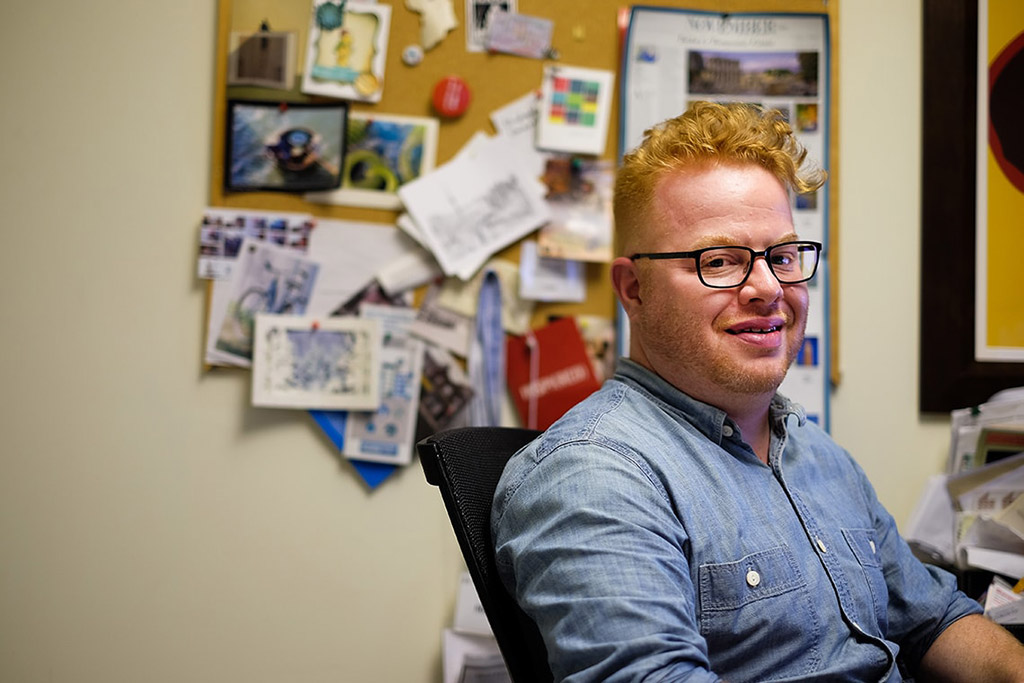In the months after she arrived as a refugee from Gaza last October, Rana Arqawi had a crash course in the ways of life in Toronto’s sprawling western suburbs: snow, sluggish city buses, a landscape dotted by both Tim Hortons outlets and Middle Eastern pastry joints.
Arqawi (not her real name) soon secured a federally funded apprenticeship with a real estate firm. She relished the Canadian work experience. “I was over the moon when I was working with them,” the 20-something migrant says over coffee in a Tim Hortons in Mississauga. “I consider myself lucky.”
While she’s happy to be here, Arqawi has faced challenges with housing. She shares an apartment with someone who needed a roommate to cover costs; there’s little money left over after the rent is paid. “It’s expensive,” she says. “I wish I could live by myself.”
Toronto’s notorious housing crunch affects a wide range of residents, but newcomers with tight budgets are especially vulnerable. The City of Toronto’s policy is to not ask those seeking refuge in a shelter for their citizenship status – yet not all municipal shelter officials are aware of the city’s “don’t ask, don’t tell” policy. And non-status migrants and immigrants with a precarious immigration status – refugee claimants, international students, temporary foreign workers – often have difficulty finding suitable housing. Some landlords will not rent to non-status migrants and people with a precarious status are not eligible for subsidized housing, notes Rupaleem Bhuyan, an associate professor in the Factor-Inwentash Faculty of Social Work and lead researcher of the Migrant Mothers Project. Illegal rooming houses have sprung up in many areas. As for the Toronto Community Housing Corporation, the City of Toronto controls the lengthy waiting list for apartments and determines which tenants receive rent subsidies. Only those with stable immigration status are eligible.
The combination of uncertain immigration status, precarious housing and domestic strife can rapidly ratchet into crises
Bhuyan says the combination of uncertain immigration status, precarious housing and domestic strife can rapidly ratchet into crises. She cites the story of a mother stuck in a shelter with her children. The woman had fled her home country because of domestic abuse. She enrolled her children in local schools, but was not eligible for Ontario’s Portable Housing Benefit for survivors of domestic violence because her abusive spouse did not reside in Canada. “She was really ready to start a new life, but she couldn’t move on,” says Bhuyan, noting that funding cuts to legal aid put many low-income households at risk of no legal services – including immigrants applying for a refugee claim, those dealing with wrongful evictions or other legal issues. (The provincial government had made a decision in the spring to cut funding to community legal clinics that represent many undocumented migrants. Late in the summer, however, Prime Minister Justin Trudeau announced $26.8 million in new funding for legal aid for refugee and immigration claims during a pre-election visit to the city.)
While the political debate about precarious migrants churns along, Arqawi continues to look for work, wait for news about her claim and retain a positive outlook. “I’m looking on the bright side,” she says.
Creating Homes for Refugees
Hundreds of unaccompanied youth arrive in Canada every year seeking refugee status, but figuring out where to house them remains a serious issue. David Roberts, associate professor, teaching stream, Urban Studies Program, is working on a new initiative with community and academic partners to ensure their transition to life in Canada is secure. The group aims to co-design housing options that best meet the needs of these young people. “The idea is to bring groups who haven’t historically worked together to better learn about different parts of the system,” says Roberts.

Organizations such as Matthew House Toronto and YES will be working alongside researchers at U of T, Laurentian University and the Art Institute of Chicago and with adults who came to Canada as unaccompanied minors to create a blueprint for housing based on evidence and lived experience. “It’s one thing to invite people to Canada as refugees. It’s another thing to give them the ability to succeed and to thrive here,” Roberts says.
This is one of a five-part series entitled “In Search of Safe Refuge,” covering issues of health care, employment, detainment, shelter and education for refugees and migrants in Canada.
Recent Posts
U of T’s Feminist Sports Club Is Here to Bend the Rules
The group invites non-athletes to try their hand at games like dodgeball and basketball in a fun – and distinctly supportive – atmosphere
From Mental Health Studies to Michelin Guide
U of T Scarborough alum Ambica Jain’s unexpected path to restaurant success
A Blueprint for Global Prosperity
Researchers across U of T are banding together to help the United Nations meet its 17 sustainable development goals







One Response to “ Home Truths ”
Things like this are really motivating for other countries to follow Canada's lead.